The kitchen is the true heart of any luxury home — and most people completely underestimate its potential beyond mere function. I learned this lesson early in my design career during a renovation that seemed straightforward. The space had premium appliances, beautiful cabinetry, perfect stone countertops. But something was missing. When we finally approached it as a living, breathing space rather than just a utilitarian area, everything changed. The kitchen wasn’t just impressive anymore; it became magnetic.
Think about the most memorable kitchens you’ve encountered. What makes them feel extraordinary? It’s rarely about the individual components. It’s about the harmonious composition — and that composition is crafted through intentional design that balances beauty with purpose.
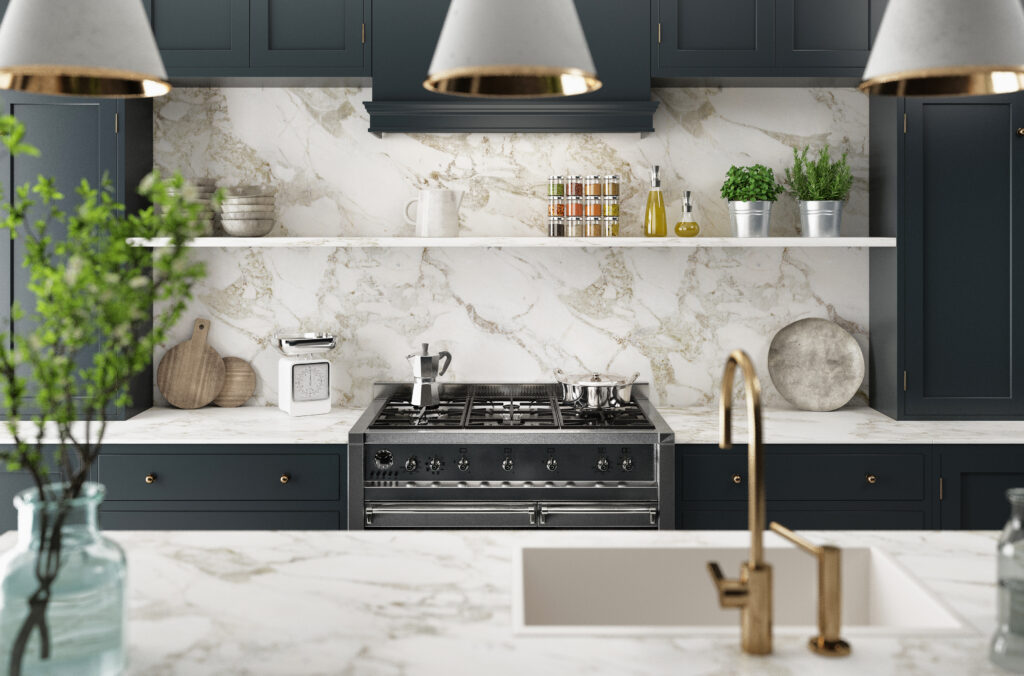
The Language of Materials
Kitchen design isn’t just about visual impressions. It’s a sophisticated language that communicates lifestyle, creates ambiance, and transforms how we experience food preparation and gathering. A single kitchen can feel entirely different depending on its material palette. Cold, clinical surfaces can make even the most expensive kitchen feel institutional. The right blend of natural and engineered materials can turn a functional space into the soul of your home.
I once worked with a client whose kitchen left them feeling uninspired despite its considerable investment. The space had incredible potential — generous proportions, premium appliances, beautiful architecture. But it felt sterile and unwelcoming. We completely transformed the kitchen by introducing three critical material dimensions: foundation, tactile, and character elements.
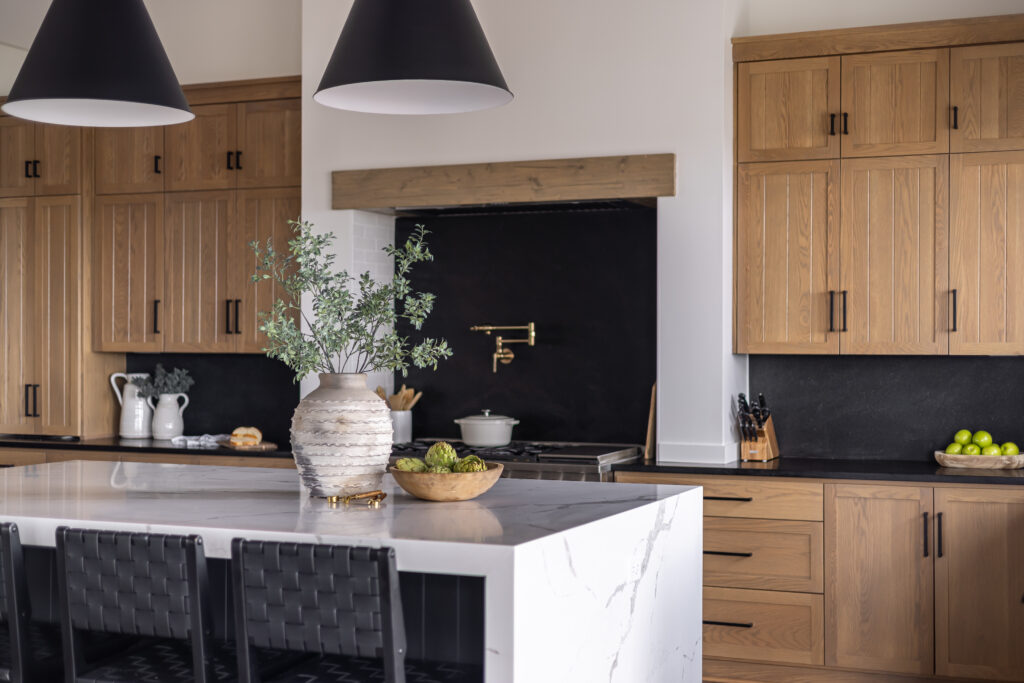
Layering: The Secret to Sophisticated Kitchens
Imagine kitchen design like a masterful recipe. Foundation materials are your base ingredients — the countertops, cabinetry, and flooring that establish the space. Tactile elements are your seasoning — the hardware, fixtures, and surfaces that invite interaction. Character elements? Those are your signature touches — the details that add depth and personality.
In practice, this might mean a combination of:
- Honed marble or quartzite countertops that balance luxury with practicality
- Custom cabinetry with integrated handles for clean, sculptural lines
- Handcrafted backsplash tiles that create visual interest
- Artisanal metalwork in fixtures and hardware
- Thoughtfully placed open shelving that showcases curated collections
- Warm wood elements that soften harder surfaces and add organic texture
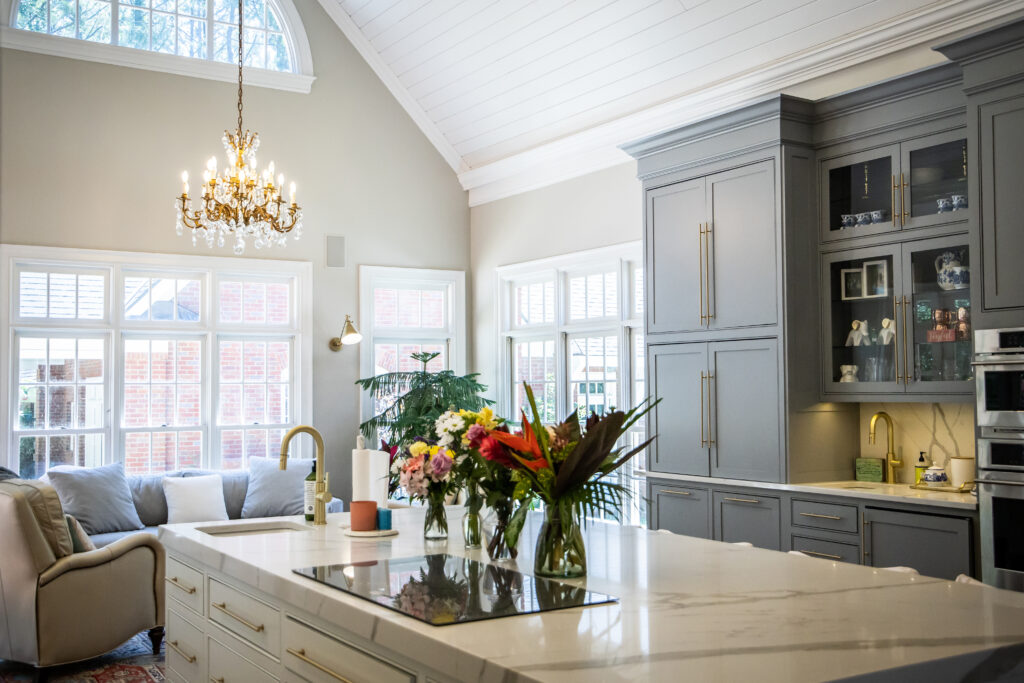
The Emotional Impact of Kitchen Design
Kitchen design is deeply connected to our emotions. The right space can make you feel inspired, convivial, grounded, or energized. It’s why we instinctively gather in kitchens during parties or feel the satisfaction of preparing meals in a beautifully designed space. In kitchen design, we’re essentially creating that perfect emotional atmosphere all the time.
One of my most memorable projects involved transforming a client’s disconnected kitchen. Initially, it felt isolated and purely functional. By opening sightlines, creating intuitive work zones, and introducing a material palette that told a cohesive story, we transformed it into a space that felt both sophisticated and irresistibly welcoming.
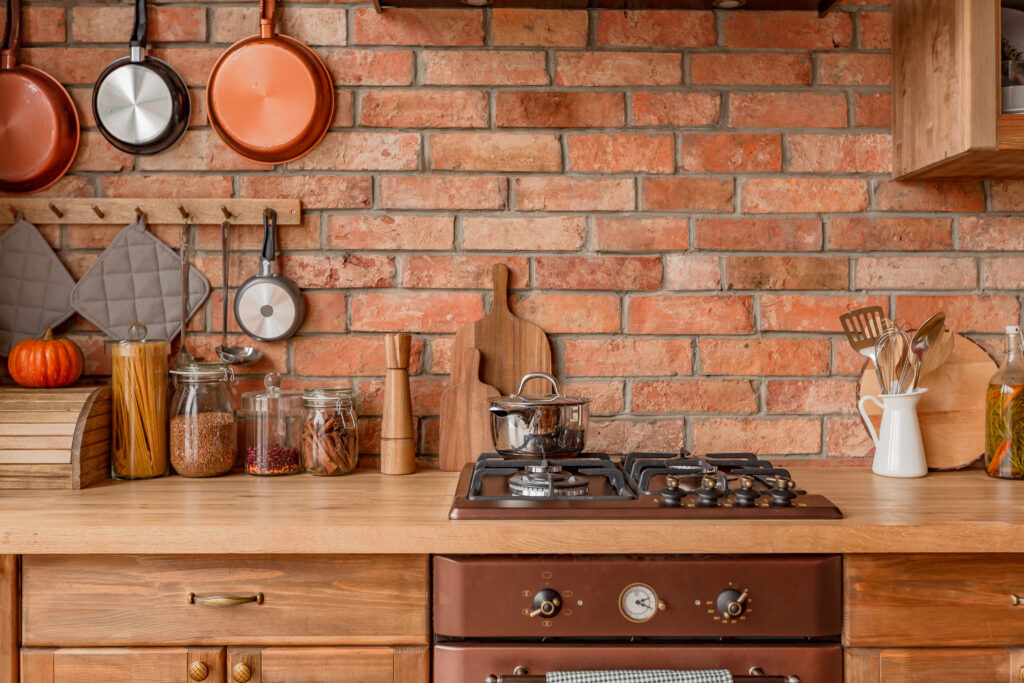
Choosing the Right Elements
Kitchen elements are more than functional necessities — they’re statements of intention. The right range can become a culinary focal point. A carefully selected island can create a gathering centerpiece. But luxury isn’t about ostentatious displays — it’s about finding elements with integrity and purpose.
I’ve discovered incredible kitchen components beyond the expected sources. Small European manufacturers, multi-generational artisans, even innovative startups — these are sources of unique elements that can elevate a kitchen beyond the ordinary. It’s not about recognizable brands, but about finding pieces that honor both function and beauty.
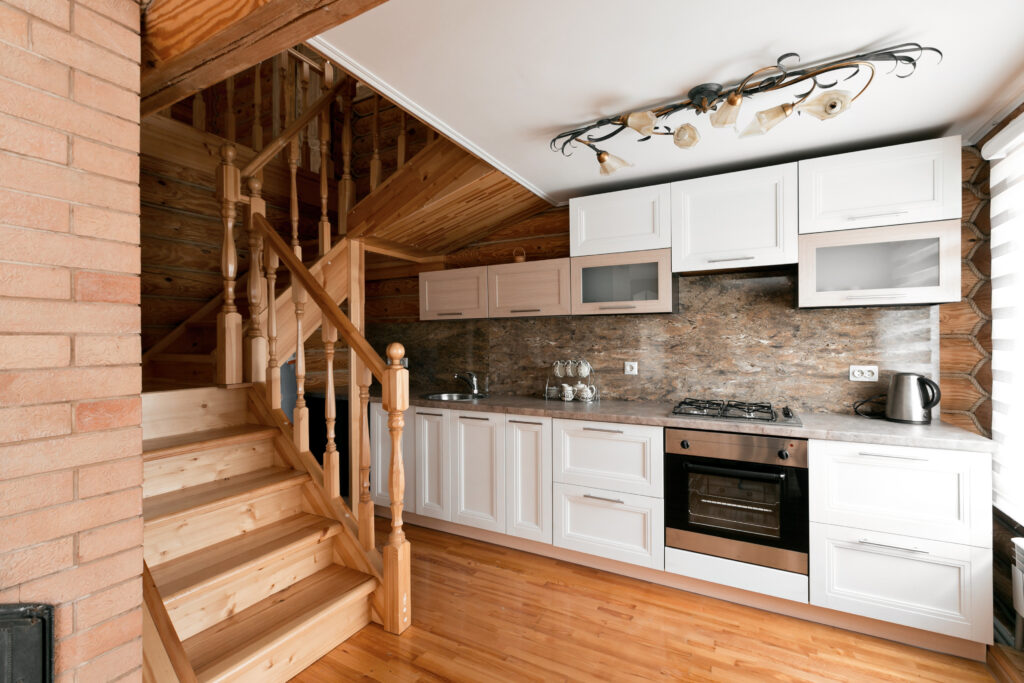
The Technical Side of Luxury Kitchens
Modern kitchen design offers unprecedented possibilities. Professional-grade appliances allow for restaurant-quality results. Intelligent storage solutions maximize efficiency without compromising aesthetics. Integrated technology provides convenience without visual clutter.
But technology should never overshadow humanity. The most luxurious kitchens feel intuitive, almost effortless. Technology should enhance your experience without dominating the conversation.
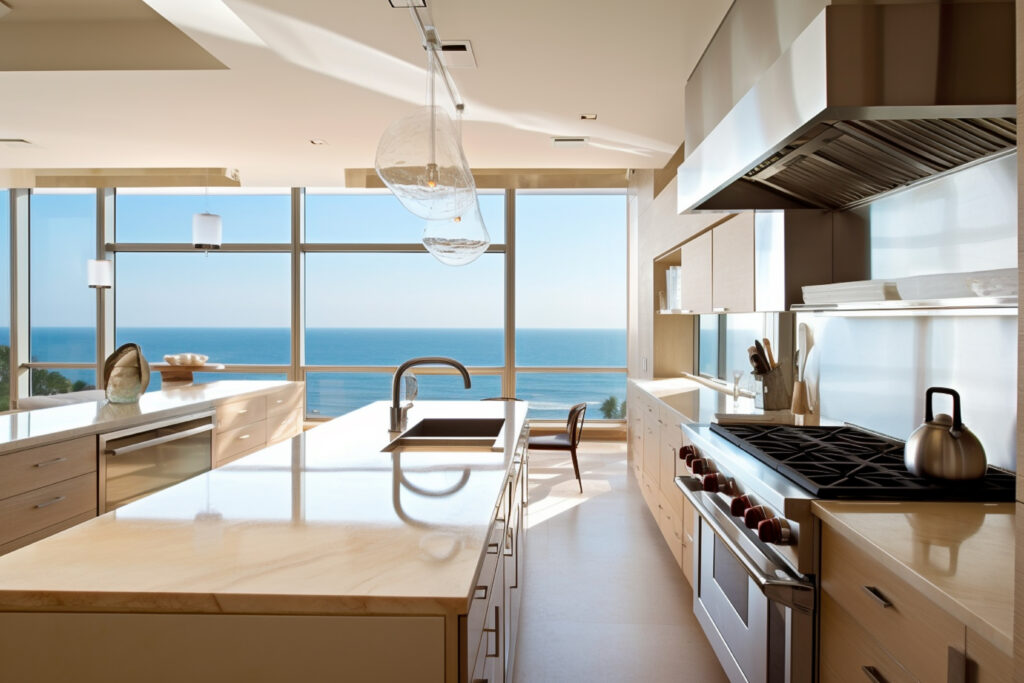
Creating Your Culinary Sanctuary
Start by observing how you actually use your kitchen. Do you entertain frequently? Are you a serious home chef? Do you value workspace or gathering space? The most luxurious kitchens are those that understand and support how you actually live and cook.
Don’t be afraid to question conventional wisdom. An unexpected material combination. A furniture-inspired island. Reimagined work triangles. Kitchen design is about personal expression, about finding what makes you feel most inspired in your culinary space.
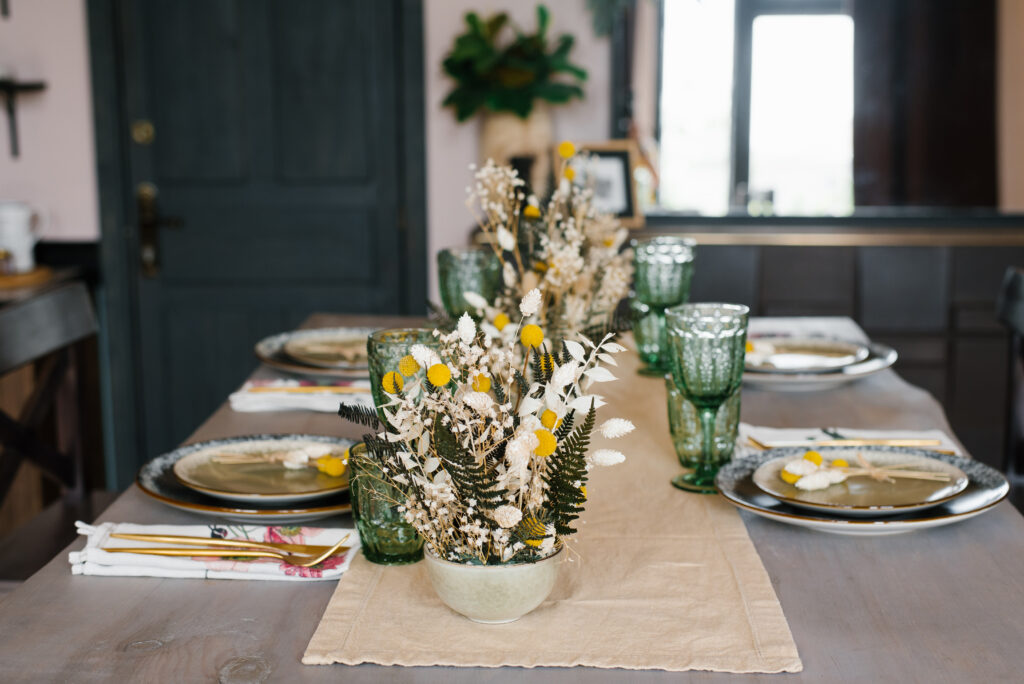
The Most Important Lesson
Luxury kitchen design isn’t about perfection or showroom aesthetics. It’s about creating moments of inspiration, of connection, of unexpected beauty. It’s about how a space makes you feel when you begin your morning ritual or gather with loved ones. Whether it’s the cool touch of natural stone or the warm glow of perfectly placed lighting, the right kitchen can transform everything — including your relationship with food and hospitality.
What’s the most memorable kitchen you’ve experienced, and what made it special to you?
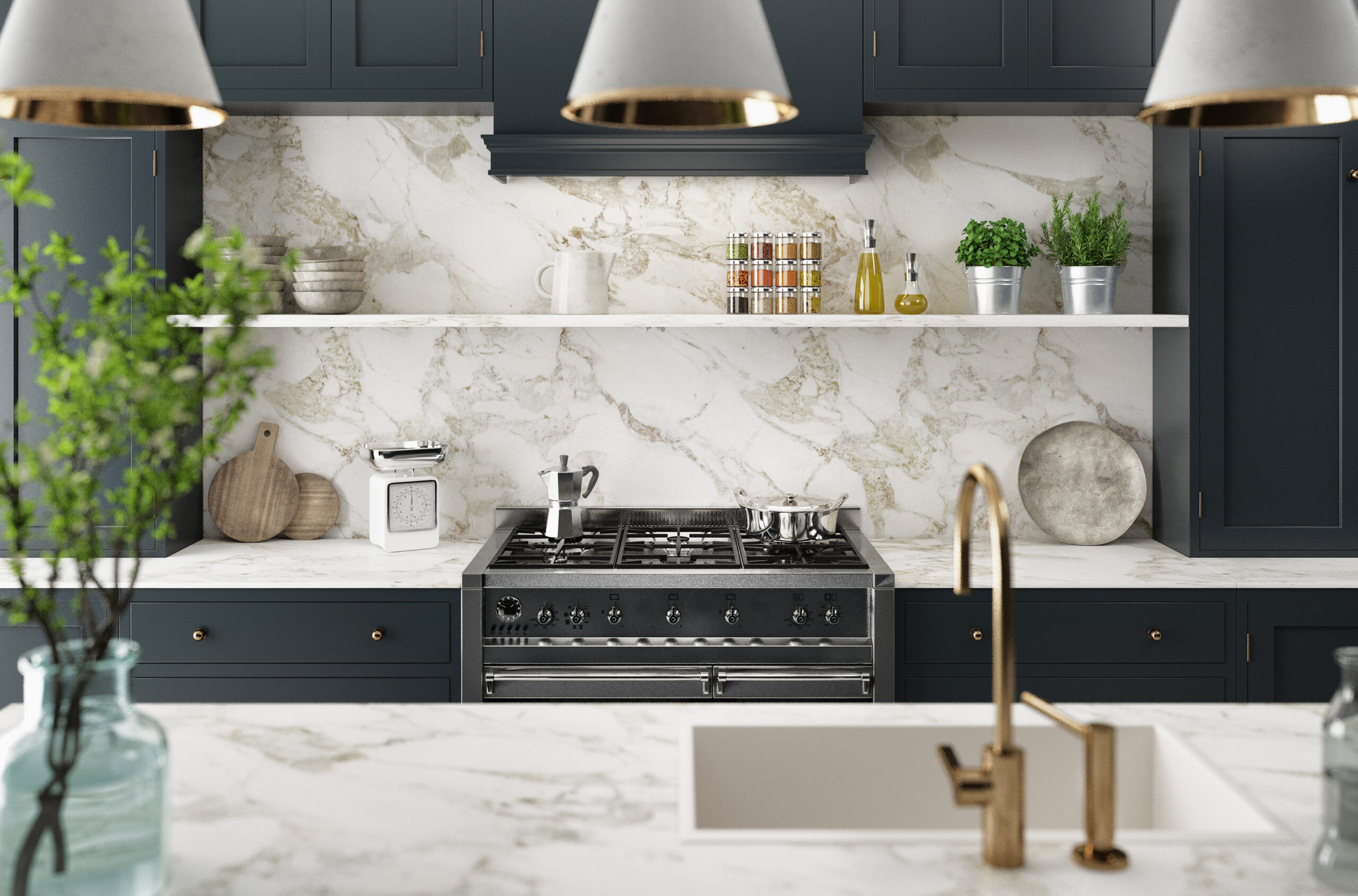
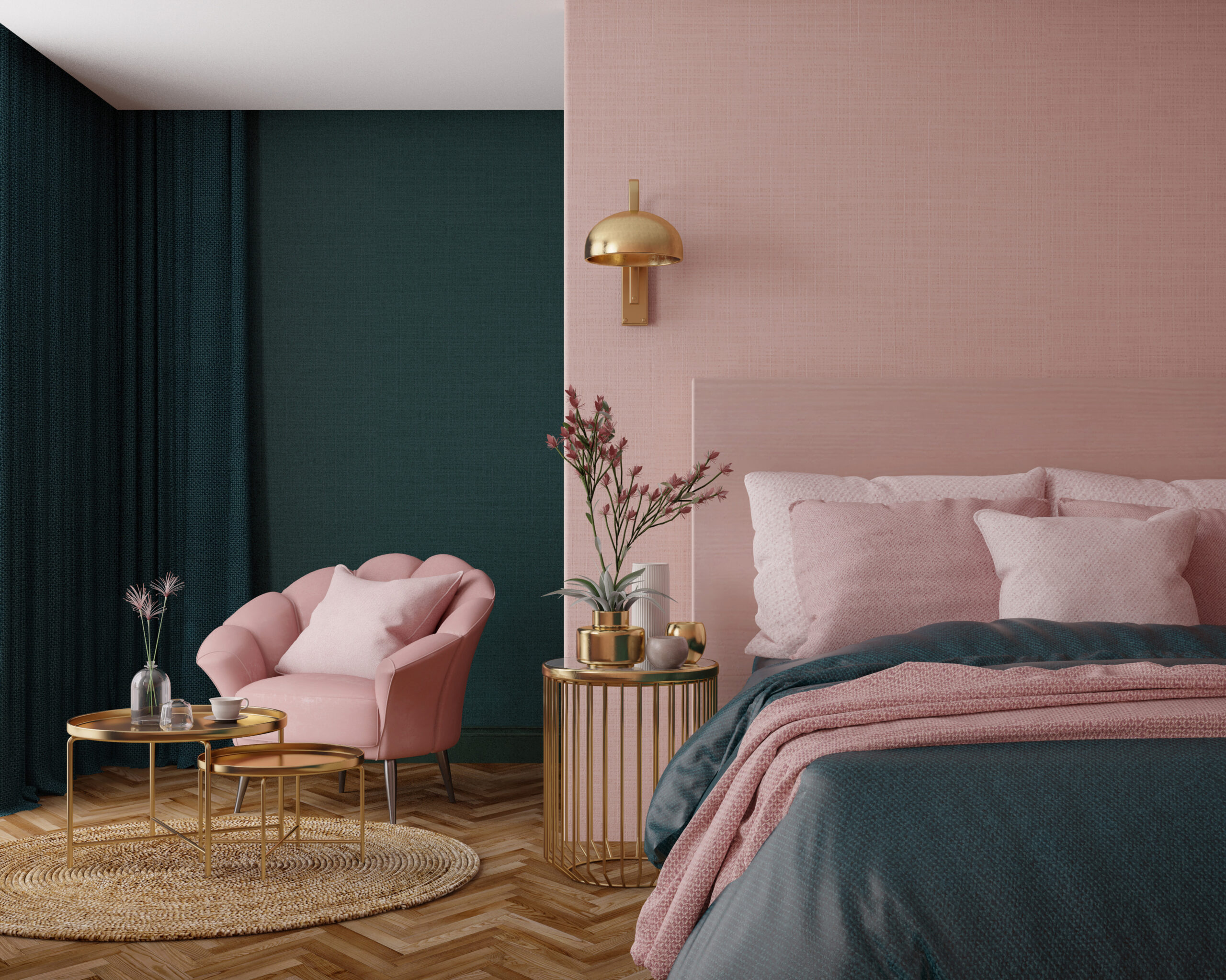
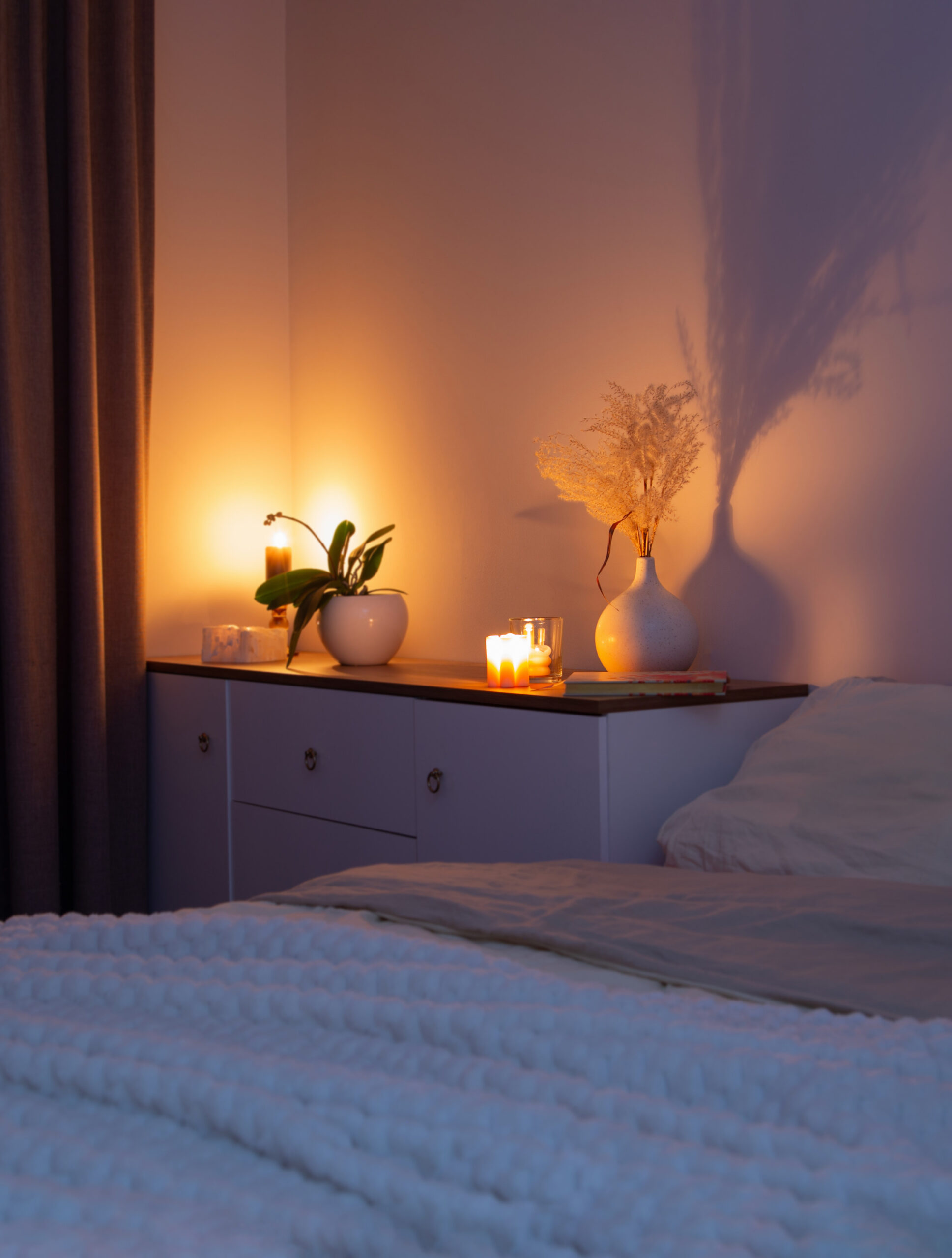
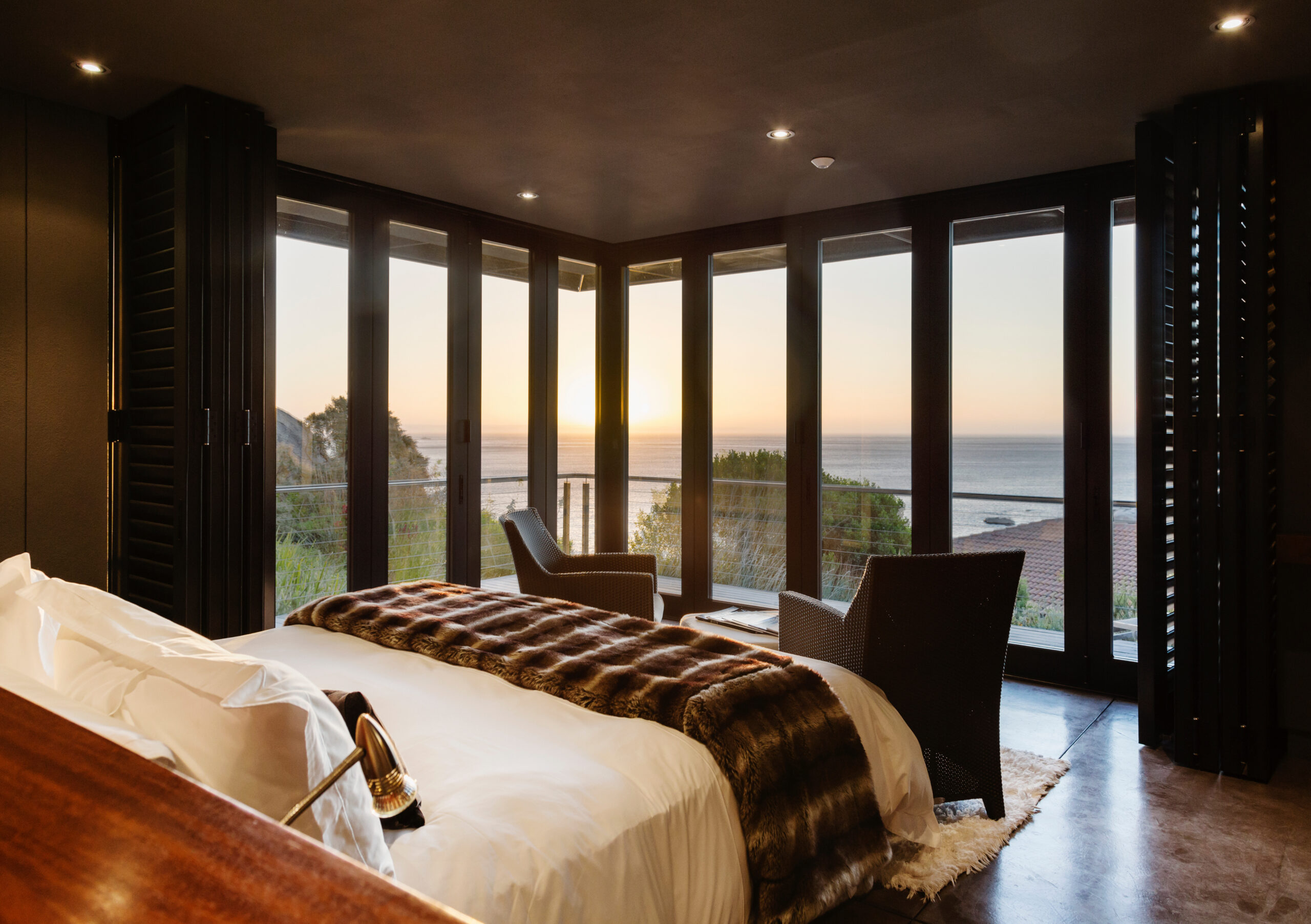
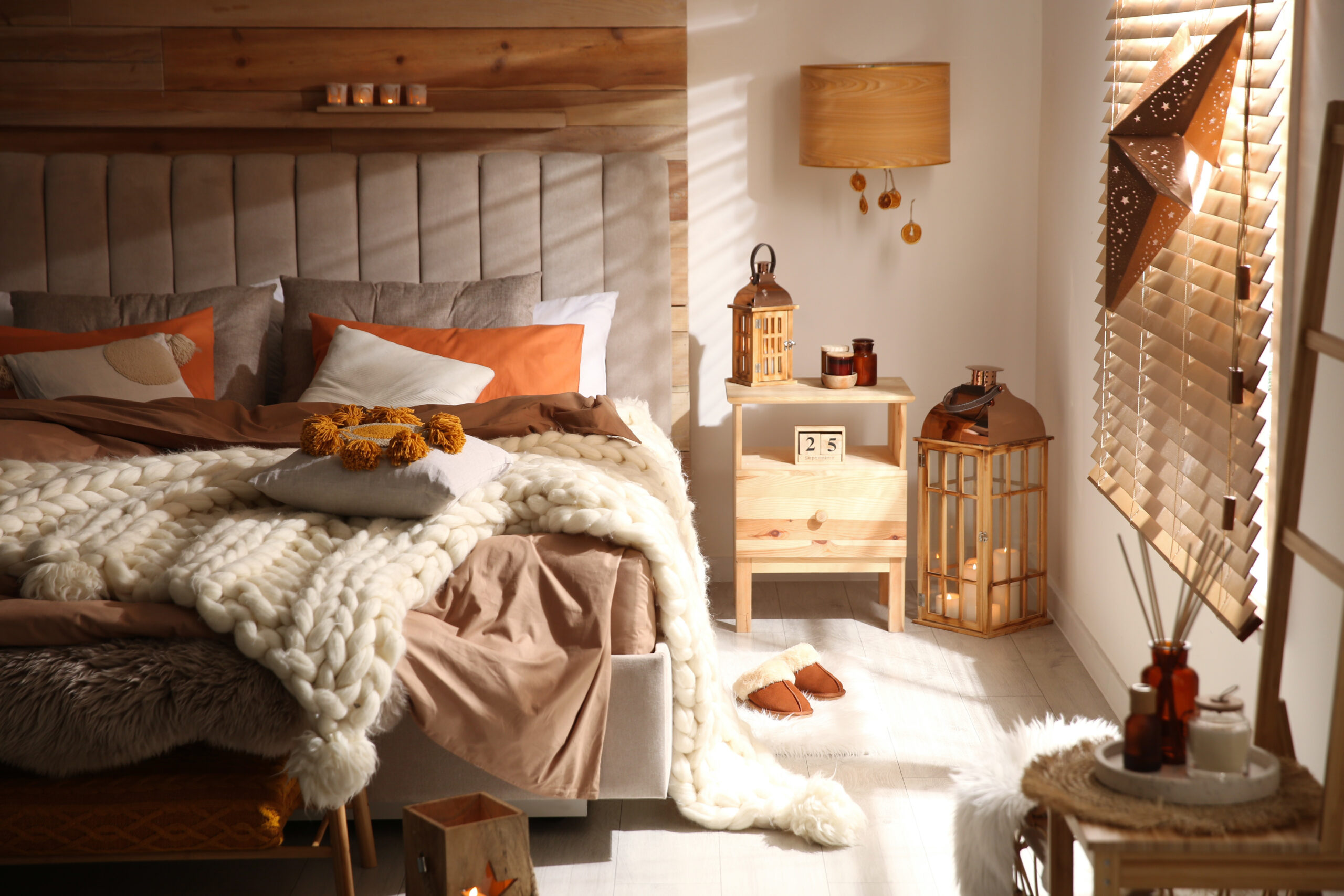
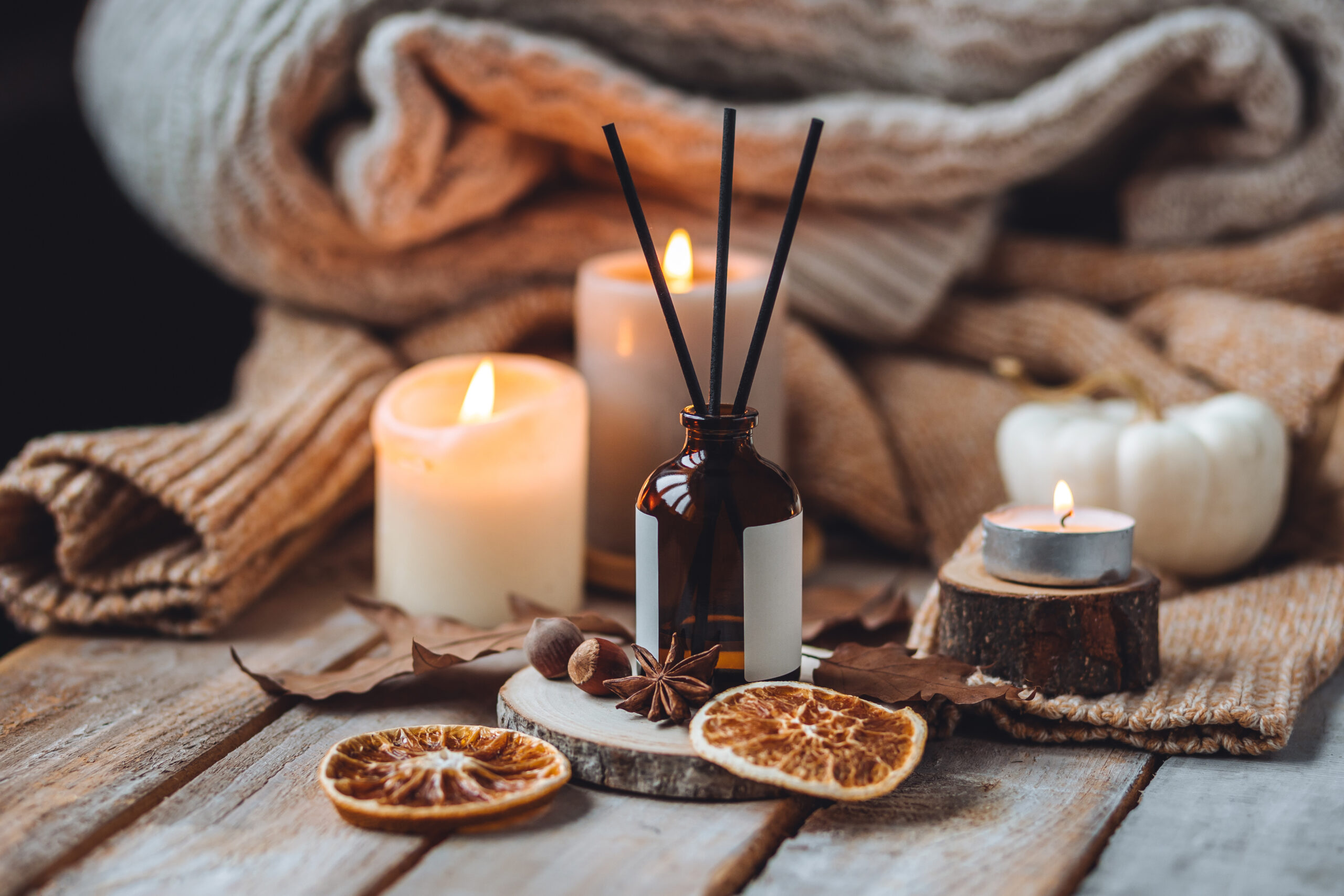
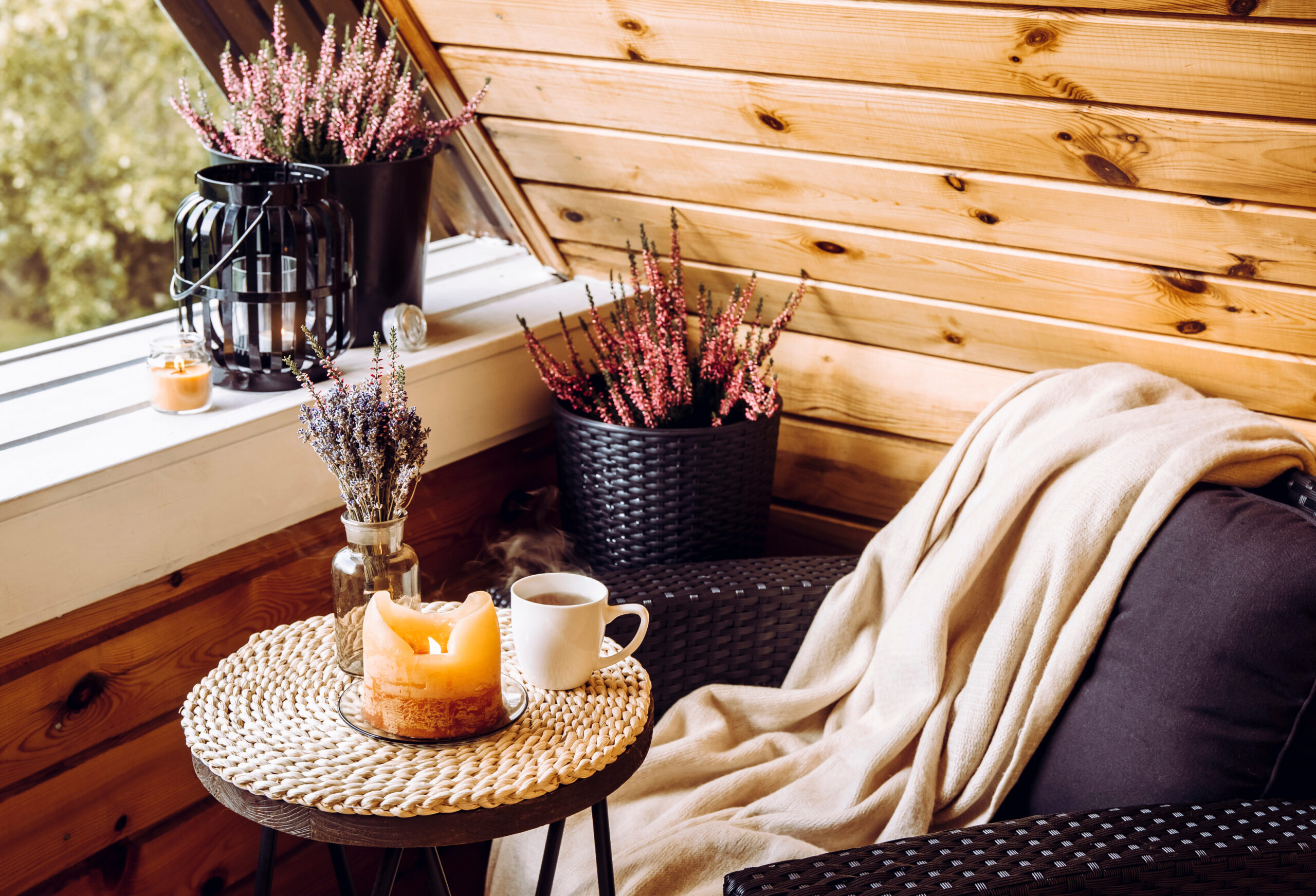
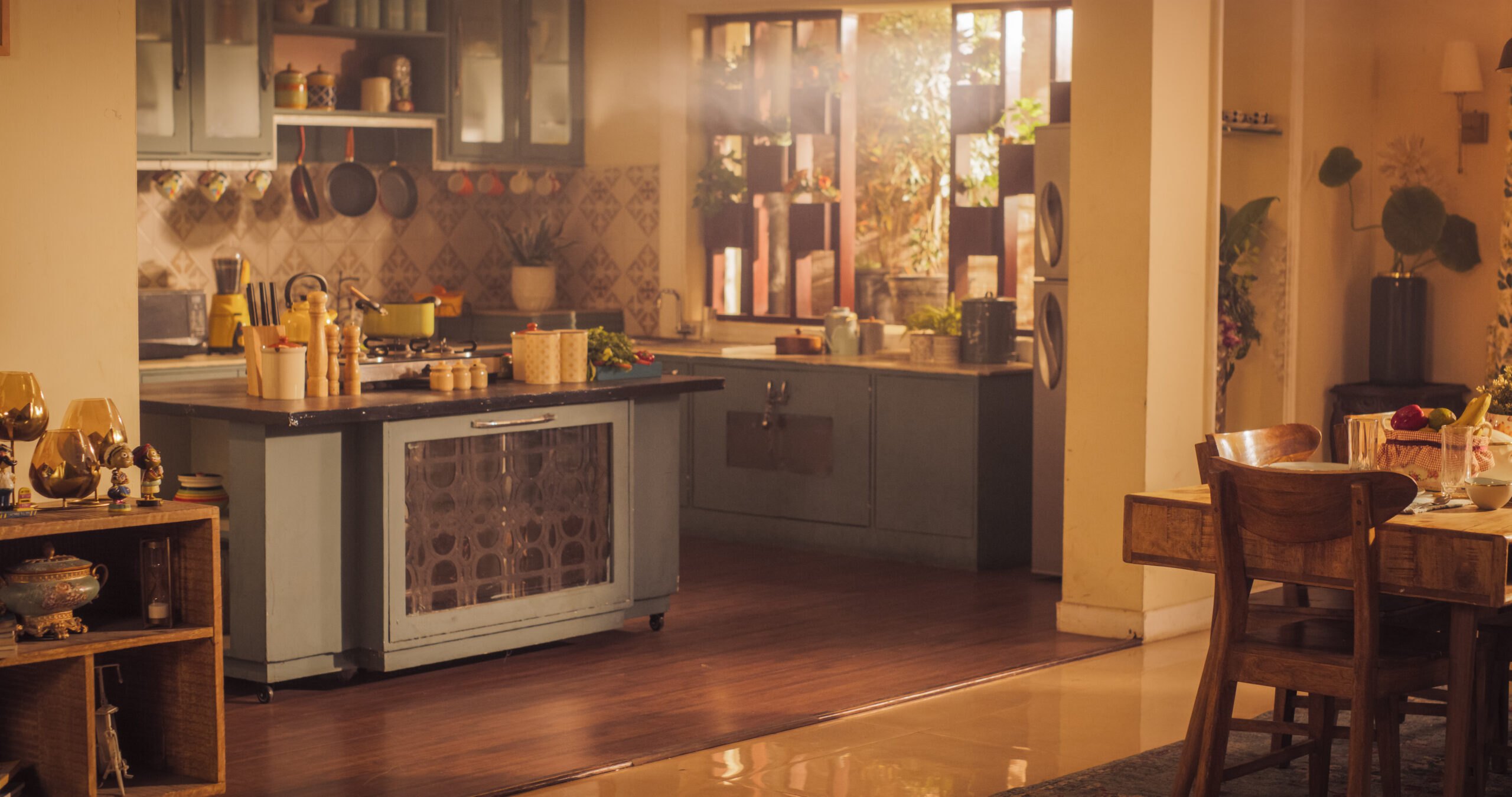
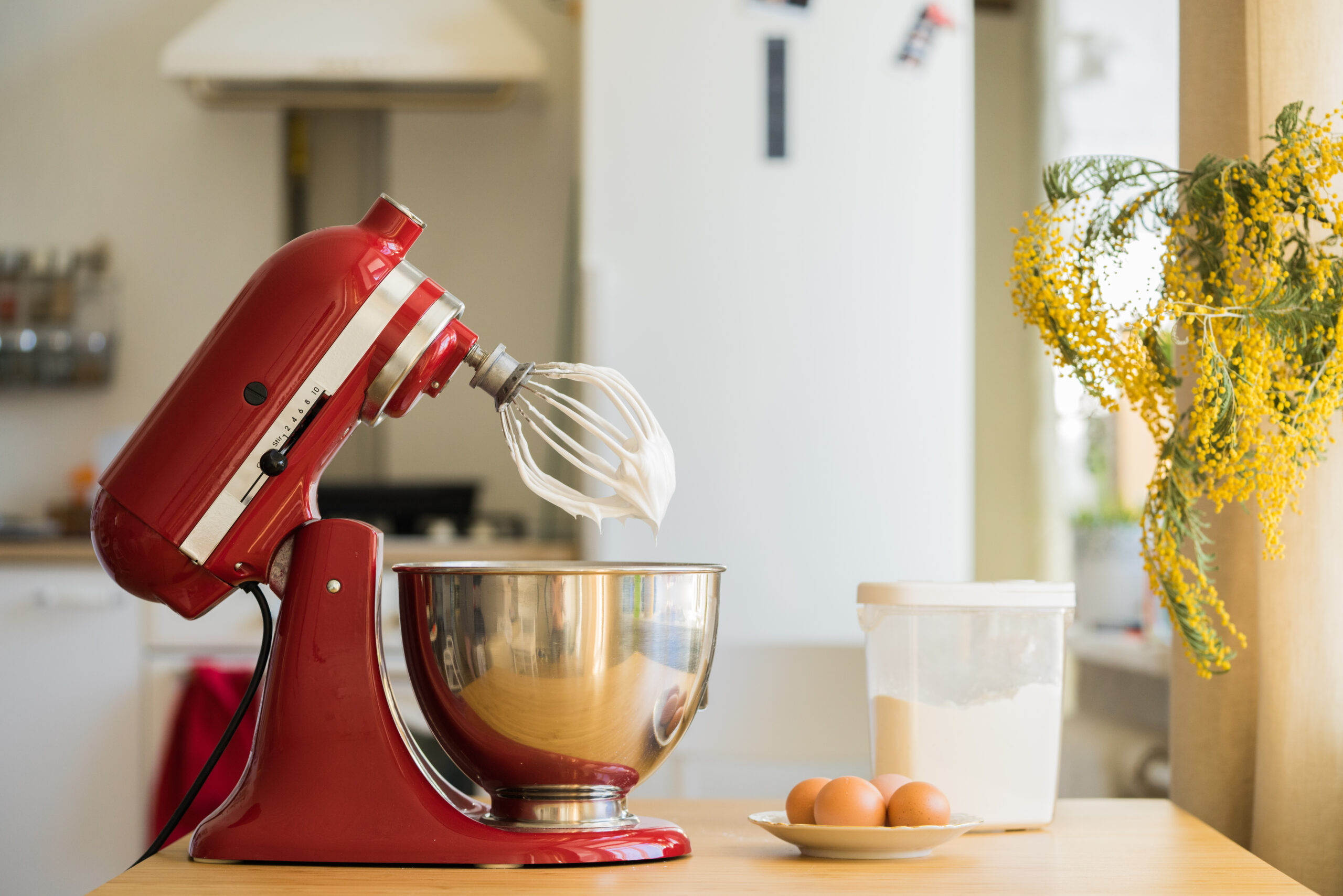

Leave a Reply